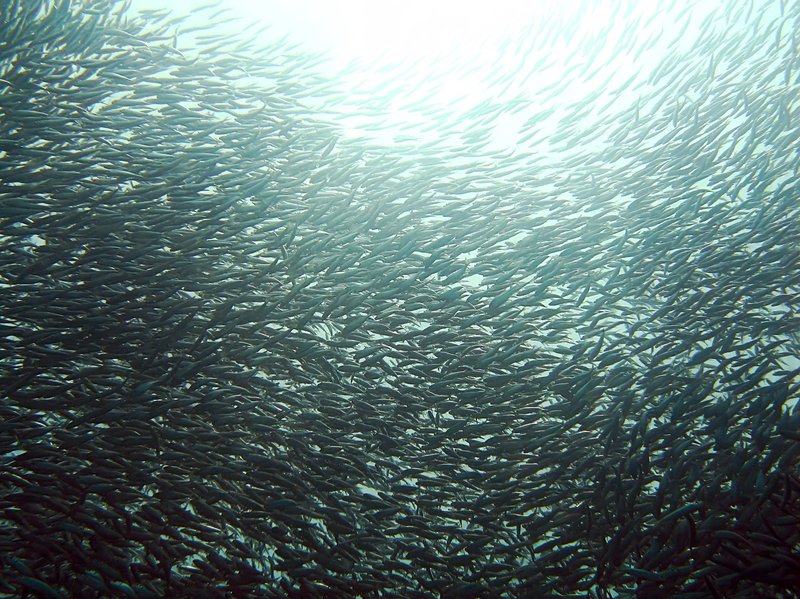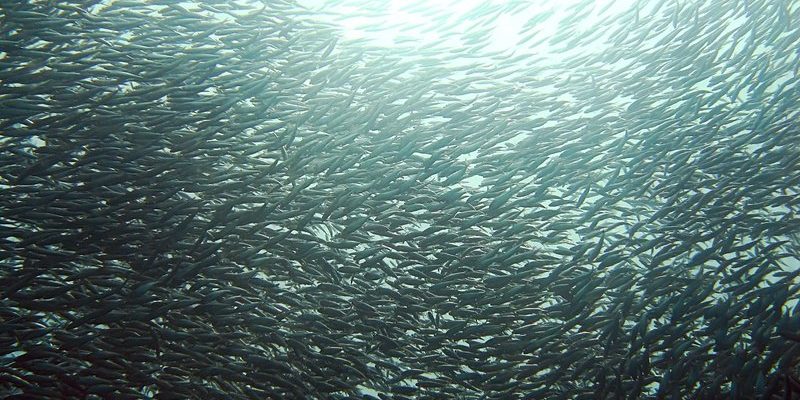
Sardines are more than just a tasty snack; they play an essential role in marine ecosystems. Understanding how they navigate and communicate can shed light on their survival tactics and social structures. Just like we use verbal and non-verbal cues to communicate, sardines have their own unique ways of sending messages and finding their way around. Let’s dive in and explore the underwater world of these remarkable fish.
Understanding Sardine Navigation
Sardines navigate using a mix of instinct and environmental cues. They don’t have GPS or fancy maps like we do, but they have adapted to rely on the natural surroundings. One key element in their navigation is water temperature and currents. These factors help them find food, avoid predators, and locate breeding grounds. It’s almost like how you might navigate by remembering landmarks or using a smartphone app.
Another essential factor is their sensory abilities. Sardines are equipped with a lateral line system, a series of tiny pores along their bodies that detect vibrations and pressure changes in the water. Think of it as sonar for fish. This system helps them sense when other sardines are near or when danger is lurking. It’s vital for staying safe and keeping the school intact.
Lastly, sardines often follow seasonal patterns. They tend to migrate to certain areas during specific times of the year, usually when the food supply is rich. Understanding these patterns is crucial for fishermen and conservationists alike, as it helps in managing fish populations and protecting their habitats.
Communication Among Sardines
You might be wondering how sardines communicate without a voice. Well, they have their own ways of sending signals to each other! One primary method is through body language, which includes changes in color and movement. When a sardine feels threatened, it may dart suddenly or change its body color as a warning signal to others in the group.
Another fascinating aspect is their synchronized swimming. When a school of sardines swims together, they often move in the same direction and speed. This not only confuses predators, making it harder for them to target an individual fish, but also reinforces the social bond among the sardines. You could say it’s like a well-choreographed dance that helps them stay safe!
Sardines also produce sounds. While they may not talk like we do, they can create noises by rubbing parts of their bodies together or moving in certain ways. These sounds can convey messages about danger, food availability, or attracting mates. Think of it as their way of texting each other without actually having phones!
The Role of Environment in Navigation
The ocean is full of intriguing elements that affect how sardines navigate. One crucial factor is ocean currents. Just like you might use a river’s flow to guide a canoe, sardines use currents to help them travel long distances. They can read the movement of the water and position themselves accordingly to conserve energy while swimming.
Light conditions also play a role. Sardines often navigate based on light and shadows. They tend to swim in shallower waters during the day, where light penetrates more, giving them a better view of their environment. At night, they often move deeper to avoid predators, making use of the darkness to stay hidden.
Furthermore, seasonal changes can impact their navigation patterns. For example, during breeding seasons, sardines might migrate to specific spawning grounds. Understanding these environmental cues is essential for ensuring they can find the right places to thrive.
Social Structure of Sardines
In a sardine school, each fish plays a role in maintaining the group dynamic. Their social structure is fascinating, and it’s essential for their survival. Sardines often form tight-knit communities where they rely on each other for protection. These schools can consist of thousands of sardines, all working together.
Hierarchy can also exist within these schools. While sardines generally swim in schools for protection, you’ll find that stronger or more experienced fish may lead the way, guiding the others through dangerous waters. It’s akin to a trusted friend navigating a new city, where they lead the group based on their knowledge of the area.
Additionally, sardines often engage in cooperative behaviors. When one fish spots danger, it can alert the others, and the entire school can react quickly. This type of teamwork is vital for their safety and allows them to escape predators efficiently.
Impacts of Human Activities on Sardine Communication
Sadly, human activities can disrupt the delicate balance sardines rely on for navigation and communication. Overfishing, pollution, and habitat destruction have serious consequences for sardine populations. For instance, when their habitats are damaged, sardines may struggle to find food or suitable breeding grounds. This can lead to decreased populations, which affects the entire marine ecosystem.
Pollution, like plastic waste and chemicals, can also interfere with their sensory systems. If their ability to detect vibrations or pressure changes is compromised, sardines may have trouble schooling together or responding to predators. It’s a domino effect that can upset the natural order of things in the ocean.
Moreover, the increasing number of boats and ships disrupts both the water environment and the sounds sardines rely on for communication. As these noises rise, sardines may fail to hear important signals from their schoolmates, making it harder for them to stay coordinated and safe.
Future of Sardine Conservation
Conserving sardine populations and their communication systems is crucial, not just for them but for the entire marine ecosystem. Conservation efforts are underway around the world, focusing on sustainable fishing practices and habitat protection. This includes establishing marine protected areas, where sardines can thrive without the pressures of fishing or pollution.
Public awareness is also essential. If people understand the significance of sardines in the food web and how their survival impacts other marine life, they may be more willing to support conservation efforts. Education about sustainable seafood choices can also empower consumers to make decisions that benefit marine ecosystems.
Finally, scientists are continually researching sardine behavior to learn more about their navigation and communication methods. This knowledge can inform policies and conservation strategies, ensuring that future generations can continue to enjoy the presence of these incredible fish.
In conclusion, sardines are more than just a food source; they’re complex creatures with impressive navigation and communication skills. By understanding how they navigate their world and interact with each other, we can appreciate their role in the ocean. Protecting sardines ultimately protects our ecosystems, making it essential that we take action to ensure their survival.

